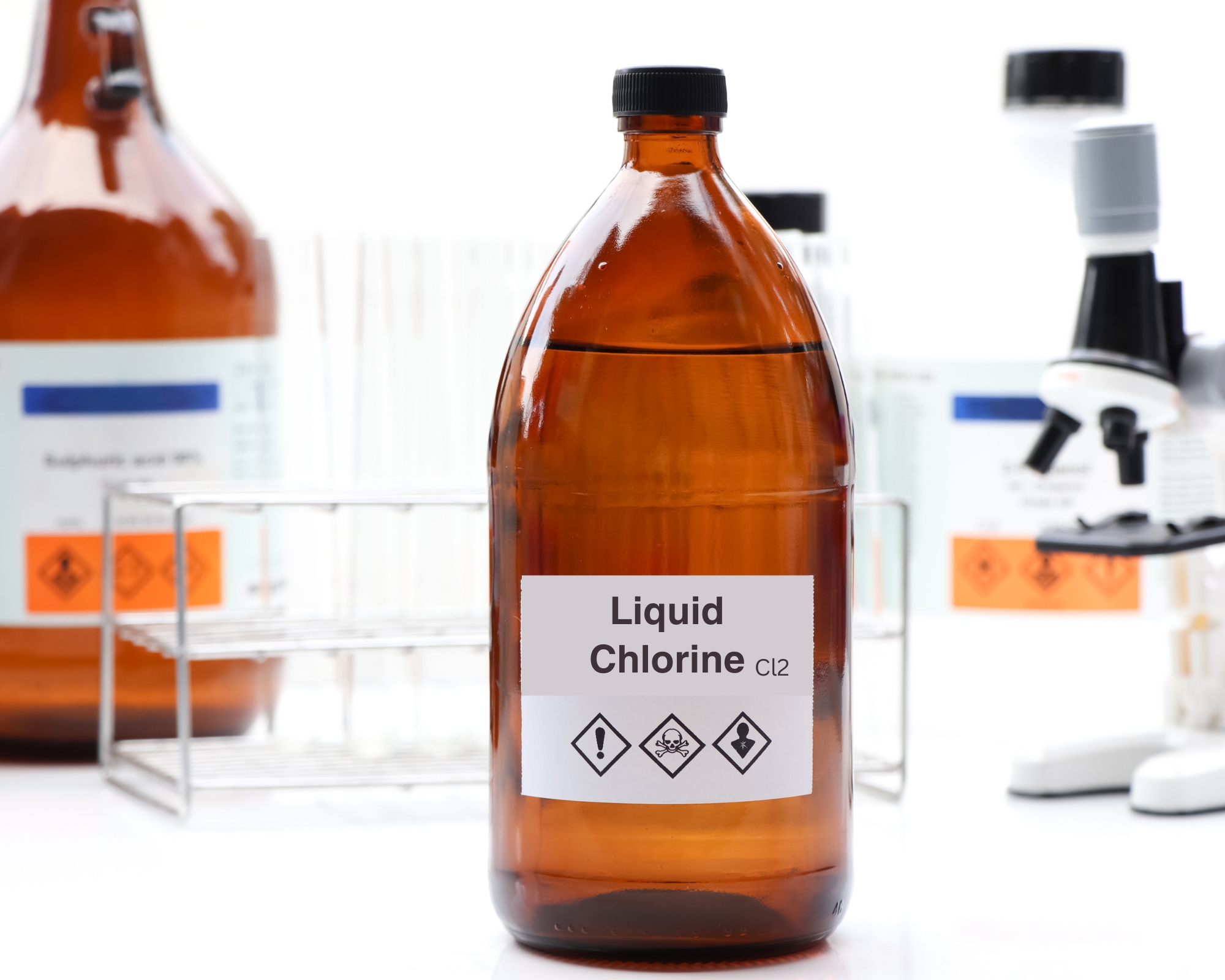Imagine you are visiting a water park to spend your entire day in water activities and are amazed to see the crystal-clear water in the pool.
And thinking about how this pool water is such a green-blue color? Well, it’s liquid chlorine, which gives the water a fresh life.
The water is consistently purified with this amazing chemical called liquid chlorine, which makes it safe for public health and safety.
Liquid chlorine is made by dissolving chlorine gas in water with sodium hydroxide.
Another name for liquid chlorine is hypochlorite, which is used as a common disinfectant in our daily house chores. The chemical compound for liquid chlorine is NaOCI (Sodium hypochlorite).
If you are wondering what other things liquid chlorine can do, then let’s dive into the world of the chemical called “Liquid Chlorine.”
Key uses of Liquid Chlorine
A common water disinfectant:
Liquid chlorine is a strong enough disinfectant to get rid of harmful bacteria, including E. coli, which leads to diseases. Furthermore, liquid chlorine completely prevents the slimy green film by controlling the growth of algae. Hence, your pool looks very clear and refreshing.Industrial-strength disinfectant:
It is utilized to treat water at public utilities where numerous cubic meters must be made suitable for consumption. Farmers need this chemical due to food safety criteria starting from the cultivation process until it reaches consumers, according to some reports.Act as a lifesaver chemical:
During a crisis, liquid chlorine can save lives and is applied for the treatment of polluted water to prevent its spread all over caused by natural calamities.Buying Considerations
Safety Matters:
- Use protective gear and equipment: Using liquid chlorine could cause skin and eye irritation. For that reason, putting on long sleeves, gloves, and goggles is a must. Tight spaces might require one to consider wearing respirators or face masks.
- Storage and safety: Store liquid chlorine in a cool, dry, and well-ventilated place that is not near heat sources or other chemicals. Do not let your children or animals get into the liquid chlorine. Use a container made of suitable material, e.g., high-density polyethylene (HDPE).
- Leakages and spills: Always have a cleanup kit nearby to clean up and neutralize any spills that may occur.
Usage and Requirements:
- Pool size and needs: The frequency of using your pool and its size are factors that determine the amount of chlorine. Heavy use of large pools necessitates frequent applications of chlorine.
- Concentration required: When choosing an appropriate concentration, one must consider their needs. Liquid chlorine used in swimming pools usually contains 10%-12.5% hypochlorite NaClO. Liquid chlorine for pool use comes in different concentrations, usually between 10% and 12.5%. Higher percentage figures are meant for production places.
- Stabilizer (CYA level): While liquid chlorine contains no CYA, unlike chlorine tablets, both of which are used in swimming pool sanitization, a high level of CYA would render chlorine less effective. Thus, it is important that one test their swimming pool’s CYA levels first before adding this substance.


